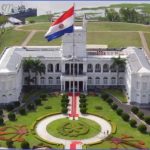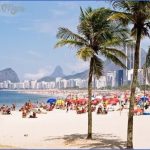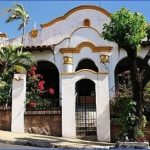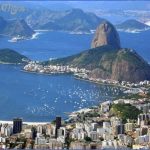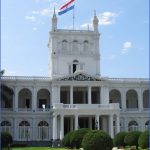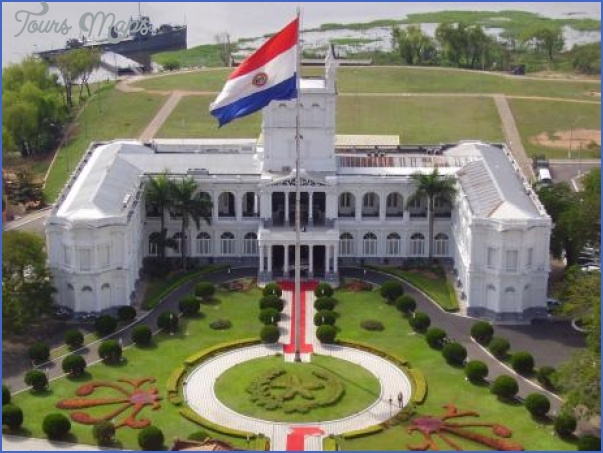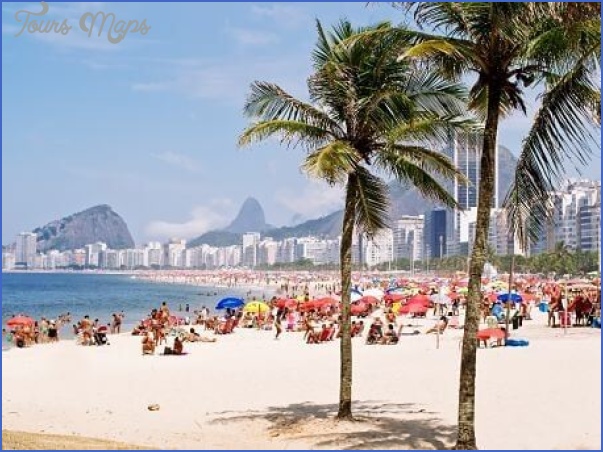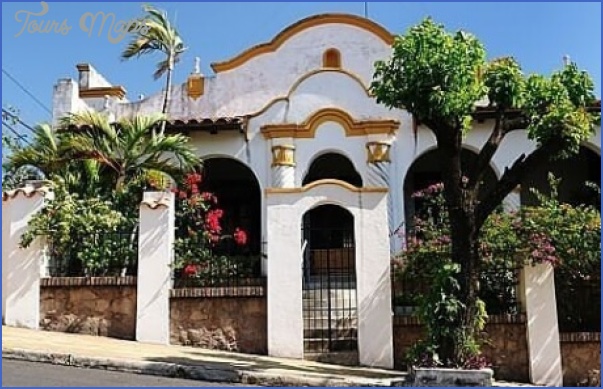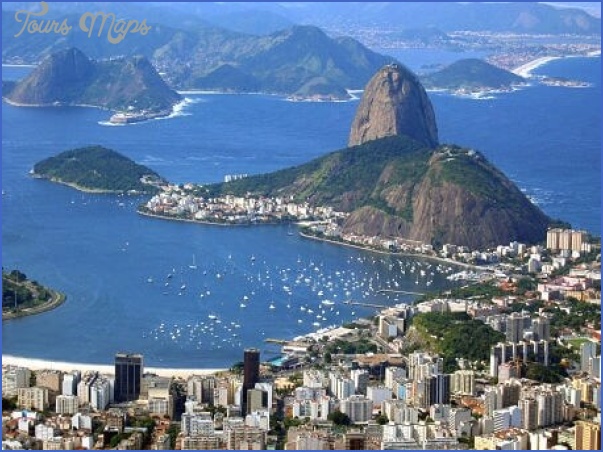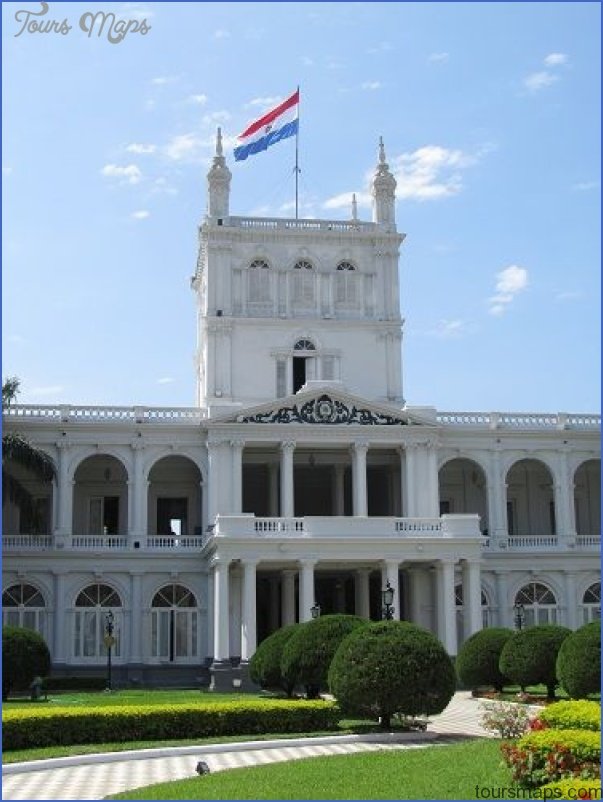The Secretaria Nacional de Turismo, known by the acronym Senatur, has tourist information offices in Paraguay’s most popular tourist destinations including Asuncion (an office downtown and a stand at the airport), Ciudad del Este, Encarnacion, and Villa Florida. Senatur offices vary in the amount of printed materials they have available but are your best source for free maps (see Maps and GPS). The Senatur website (www.senatur.gov.py) is a good source for basic information and is available in English, Spanish, Portuguese, and German. The seasonal calendar of events (Calendario de Eventos) is especially useful and is available as a PDF featuring details regarding festivals, holidays, and celebrations happening throughout Paraguay. Senatur has pamphlets providing listings for lodging, restaurants, and tourist attractions in each department. These can also be accessed online at the websites www.siente(department name).com (i.e.: www.sientecentral.com, www.sientealtoparana.com). The quality of information provided by Senatur officials working the visitor’s centers varies greatly – some are quite knowledgeable and others merely offer you brochures. Most will answer your questions but are unlikely to volunteer additional information. It is best to be proactive and ask lots of specific questions.
There are a handful of locally available Spanish language guide books. La Magia de Nuestra Tierra published by Fundacion en Alianza (www.enalianza.org.py) is very detailed covering almost every town in the country. This book may prove especially helpful to those traveling to or working in less visited areas of the country such as San Pedro, Amambay, and Canindeyu. The Guia Turistica TACPy is a succinct guide book published by Paraguay’s Touring and Automotive Club (www.tacpy.com.py). Both are written with Paraguayans (with cars) in mind. They can be found in gas stations and book stores throughout Asuncion (though you may have to try more than one) as well as the Senatur office in downtown Asuncion.
Many town municipal offices (la municipalidad) have someone in charge of tourism who can provide information on local sights and activities and can help connect you with potential lodging and guides. Ask to speak to the Secretario de Turismo. They may also be able to put you in touch with Peace Corps volunteers or other foreigners living in the area. Keep in mind most municipal offices close for the day between noon and 1pm
When calling government offices and tour operators for information, keep in mind that many offices have time limits on incoming and outgoing phone calls. Be prepared to call back in case your call is disconnected (the person on the other end may warn you with Se corta! ).
Museums, Churches, & other Sites
Most museums offer free admission, although museums associated with a church parish may charge a small fee (usually no more than Gs. 10,000). Entrance fees are only listed when applicable. With a few notable exceptions (the majority in Asuncion), museum exhibits are minimally labeled. Visitors will benefit greatly from historical information provided by guides, when available (ask whoever is in charge of tours). Non-Spanish speakers should note that most exhibit information and tours are available only in Spanish. If a member of your group speaks Spanish, guides will be happy to pace themselves to allow that person to translate for the rest of the group. If you are interested in English
language tours, it is best to call ahead to inquire about arranging one, or visit the museum with a private English speaking guide.
Museums in small towns tend to house a disparate collection of historical objects donated by town residents as well as artifacts from the Triple Alliance and Chaco Wars. In some towns, the town church essentially functions as a museum, housing interesting historic religious artifacts. Most churches are open to the public during business hours. If mass is being held, consider returning later, especially if you wish to take photographs. If the church is closed, there is usually a church office nearby – ask for the casa parroquial. Explaining you are a tourist interested in seeing the church’s artwork is usually enough for someone to let you in.
Planning Your Trip Tourist Information for Paraguay Photo Gallery
Maybe You Like Them Too
- The Best Cities To Visit in The World
- World’s 10 Best Places To Visit
- Coolest Countries in the World to Visit
- Travel to Santorini, Greece
- Map of Barbados – Holiday in Barbados

